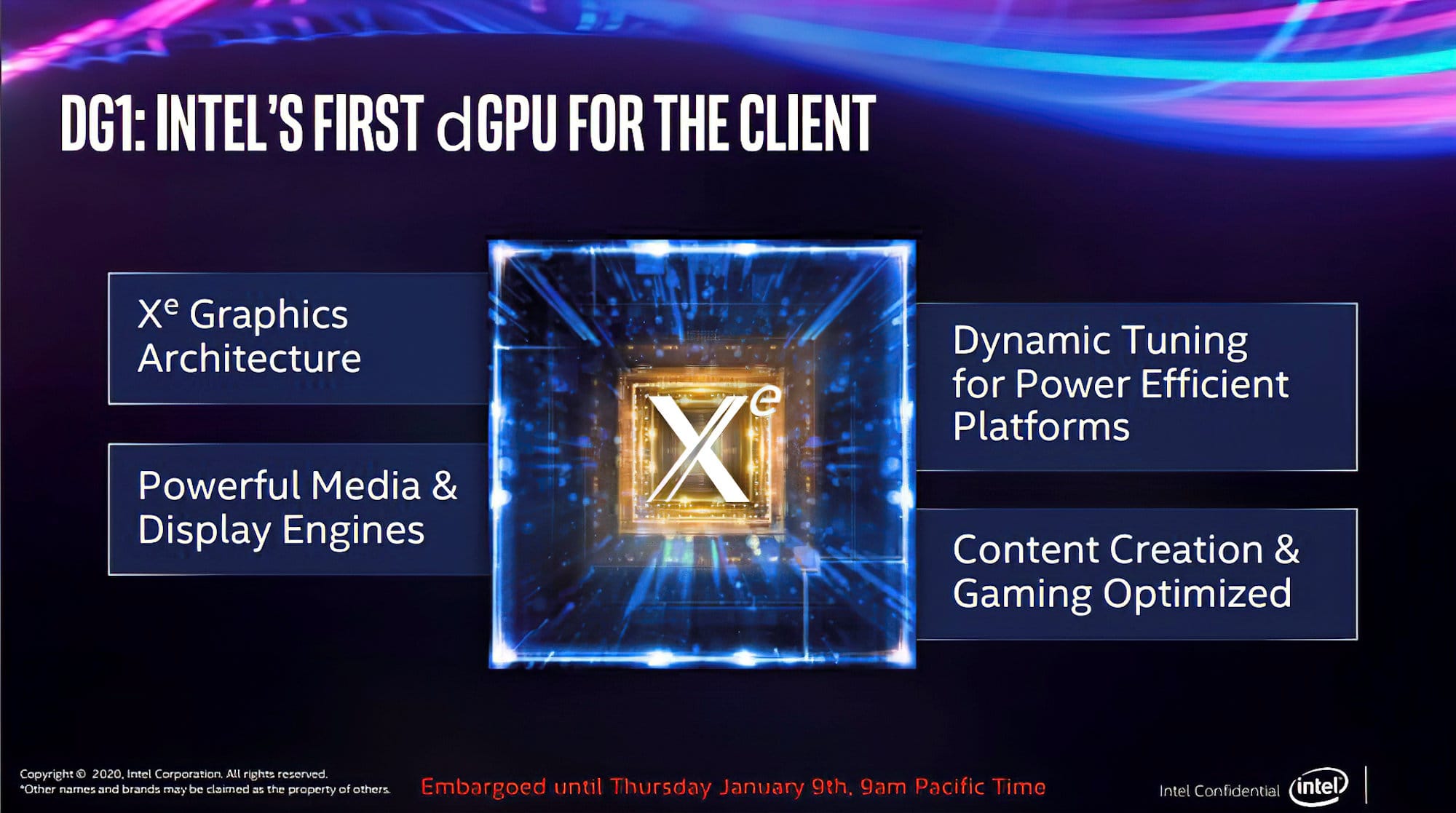For decades, Intel has been synonymous with central processing units (CPUs), with its GPUs often taking a backseat to those from NVIDIA and AMD. However, with the growing demand for AI, gaming, and professional graphics, the company has been quietly working on revamping its GPU division. The result is a new generation of Intel GPUs that promise to challenge the status quo and offer a compelling alternative to the existing duopoly.
At the heart of Intel’s GPU resurgence is its Xe architecture, which debuted in 2020 with the Xe-LP (low power) GPU. Designed for low-power applications such as laptops and IoT devices, Xe-LP provided a glimpse into Intel’s vision for a more efficient and scalable GPU design. Building on this foundation, the company is now preparing to launch two new Xe-based GPUs: Xe-HPG (high-performance gaming) and Xe-HPC (high-performance computing).
Xe-HPG is aimed squarely at the gaming market, with a focus on delivering high frame rates, low latency, and support for advanced graphics features such as ray tracing and variable rate shading. According to Intel, Xe-HPG will offer performance comparable to NVIDIA’s GeForce GTX 1660 Super, making it a viable option for budget-conscious gamers.
Xe-HPC, on the other hand, is designed for professional applications such as datacenter workloads, AI, and scientific simulations. With its high double-precision floating-point performance and support for PCIe 4.0, Xe-HPC is poised to challenge NVIDIA’s dominance in the HPC market.
One of the key factors driving Intel’s GPU resurgence is its investment in software support. The company has been working closely with game developers and ISVs (independent software vendors) to ensure that its GPUs are optimized for popular titles and applications. Additionally, Intel has developed a range of software tools and frameworks, including its oneAPI initiative, which provides a unified programming model for developers to tap into the power of its GPUs.
Another important factor is Intel’s manufacturing prowess. With its 10nm process technology and 3D stacked design, the company is able to pack more transistors onto a smaller die, resulting in improved performance and power efficiency. This is particularly significant for datacenter applications, where power consumption is a major concern.
As Intel prepares to launch its Xe-HPG and Xe-HPC GPUs, the company is also investing in its manufacturing capacity. Intel has announced plans to build a new fabrication plant in Ohio, which will focus on producing GPUs and other high-performance chips.
The implications of Intel’s GPU resurgence are significant. For one, it promises to shake up the existing duopoly in the graphics market, providing consumers with more choices and driving innovation through competition. Additionally, Intel’s focus on software support and manufacturing prowess positions the company to become a major player in the AI and HPC markets.
However, Intel’s journey is not without its challenges. The company faces stiff competition from NVIDIA and AMD, which have decades of experience in the GPU market. Moreover, Intel’s GPUs will need to demonstrate significant performance and power efficiency advantages to win over developers and consumers.
In conclusion, Intel’s GPU resurgence is a significant development in the world of graphics processing. With its Xe architecture, improved software support, and manufacturing prowess, the company is poised to challenge the status quo and offer a compelling alternative to the existing duopoly. As the company prepares to launch its Xe-HPG and Xe-HPC GPUs, we can expect a new era of innovation and competition in the graphics market.



